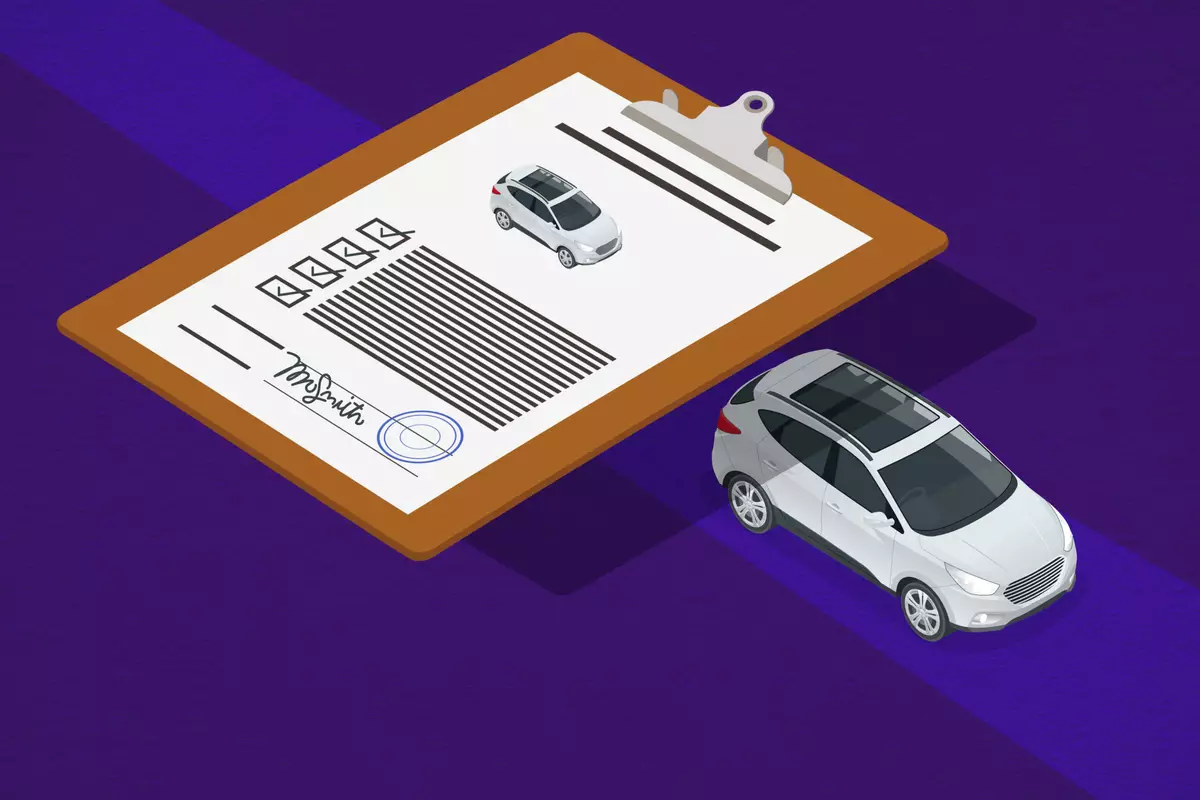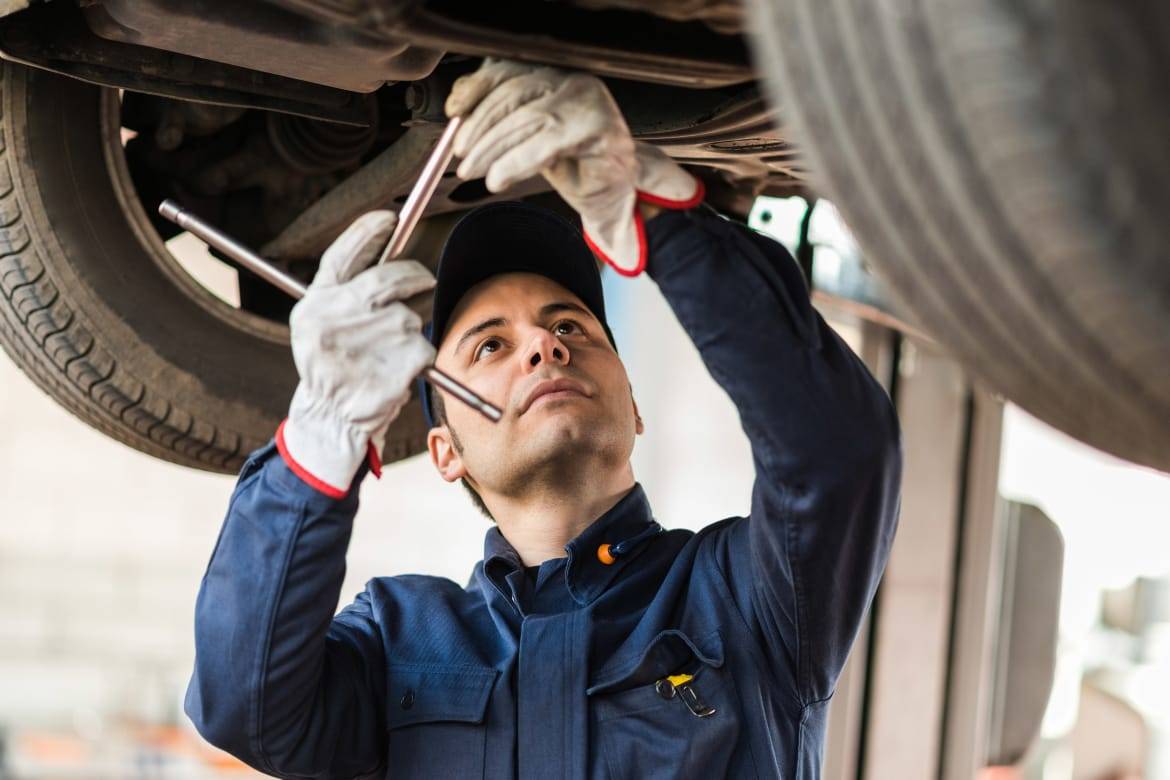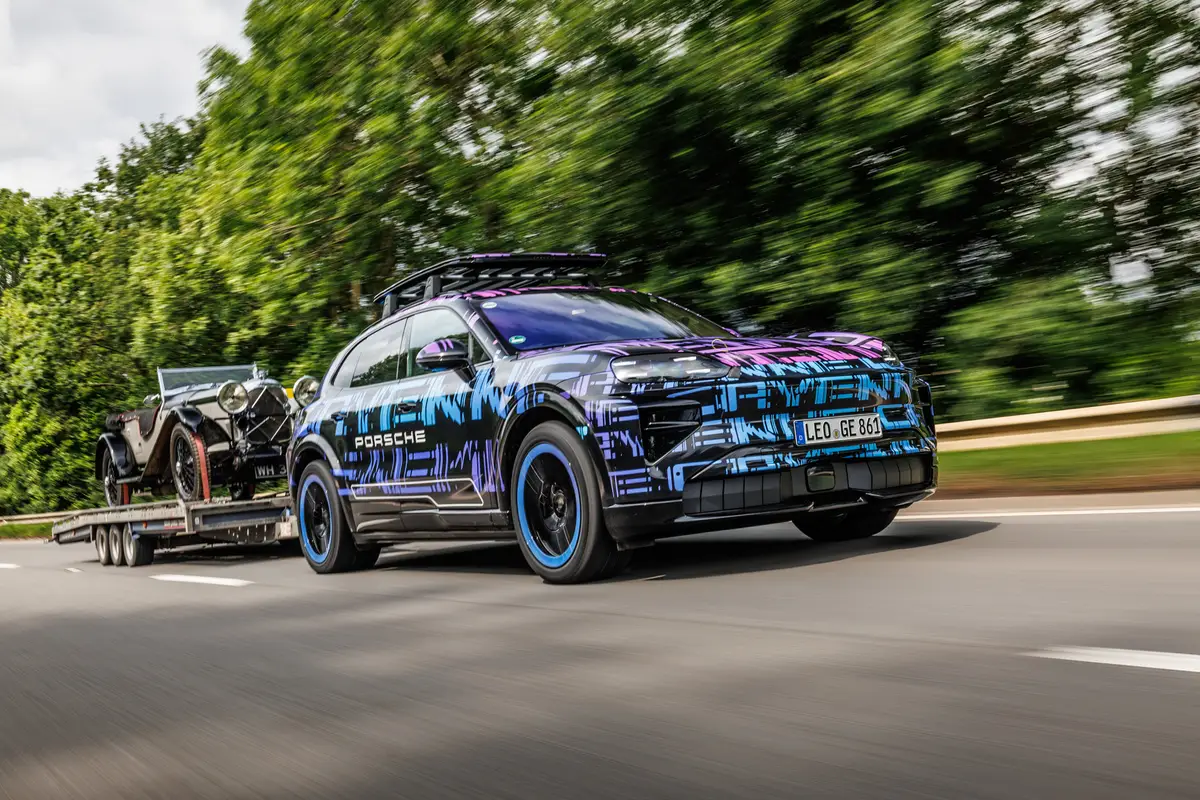Boston.com's view
When does an SUV shrink to the size of crossover and when does a crossover enlarge to become a SUV?
The 2007 Acura MDX gave me reason to ponder the question, since my first minutes behind the wheel came on a race track in Pennsylvania, followed by days of New England everyday driving. I treated it like a large SUV on the track, and more like a crossover or regular car on roads.
We took it out on a track at the BeaveRun Motorsports Complex to see how the car reacted under extreme driving conditions, like sudden lane changes, speeding, weaving, and cutting turns too hard. Unfortunately, you’ll find plenty of Massachusetts’ SUV drivers who operate like that every day.
Fortunately, the Acura MDX, which technically has to be classified as a big SUV, handles like a car in many respects — at speed, in corners, and even while hauling heavy loads. Just like a crossover does. It is also smoother, quieter, and more stable than any American-built competitor at this size.
Honda launched this upscale model from its upscale Acura division with the promise that it would be loaded with “European panache.” Granted, it’s got that. I’d tackle a twisting road in the Alps in this before trying it with a Chevrolet Suburban or Ford Expedition. I’d even take it ahead of Toyota ‘s Sequoia or Land Cruiser.
At BeaveRun , we tested the MDX against competitors from Porsche, BMW, and Volvo to conduct our “stupid motorist tricks.” The other models were hand-picked by Acura, so they were not necessarily the best their makers had to offer. Yet, it was obvious that the MDX would snarl and speed with the best.
So it was no surprise that later, during the more docile routine of daily testing, the Acura was almost unrecognizable as a hulking SUV, at least from the inside.
With a V-6 engine adapted from previous versions, Acura now offers 300 horsepower, an increase of 47. The added power is noticeable mostly in highway ramp approaches and while passing. And with a 5,000-pound towing capacity, it perfectly fits the lifestyle of those with a horse trailer or a small boat.
The sequential automatic five-speed transmission lets you shift when you want (in sportshift manual mode) and thus run the engine to redline before upshifting. That won’t happen much on the highway, but it’s nice to know you’ll be in control when it’s needed.
Add to that the fact that Acura builds one of the most seamless all-wheel-drive systems on the planet, and you have a nearly prefect vehicle for hauling people, goods, and gear.
Honda/Acura is also stepping to the front of the herd when it comes to safety features. Standard fare on the MDX includes electronic stability control, trailer stability control, antilock brakes, front side air bags, front and rear side curtain air bags, and Honda’s “ACE” crash system, which essentially transmits frontal collision forces down, around, and over the cockpit.
Front bucket seats, well-bolstered — as the race track jostling proved — are replicated as twin buckets in the center row. A third-row bench is aimed more at younger passengers than adults on a jaunt.
Our test car cost $47,795 (the base priced is $39,995) and included all available upgrades: navigation, satellite real-time traffic reports from Boston and other cities, upgraded sound, and a hands-free phone link. It also featured a sport package that added active suspension control, upgraded leather, upgraded wheels, and automatically leveling headlights. Additionally, our MDX had a DVD player in the rear, heated second-row seats, and a remotely operated tail gate.
On the road, it was sometimes necessary to remember that we were at the wheel of an SUV, not at home in a lounger or handling a smooth-cruising sedan.
The MDX is still an SUV, but one that compares comfortably with the increasingly popular breed of crossovers.
Latest news



